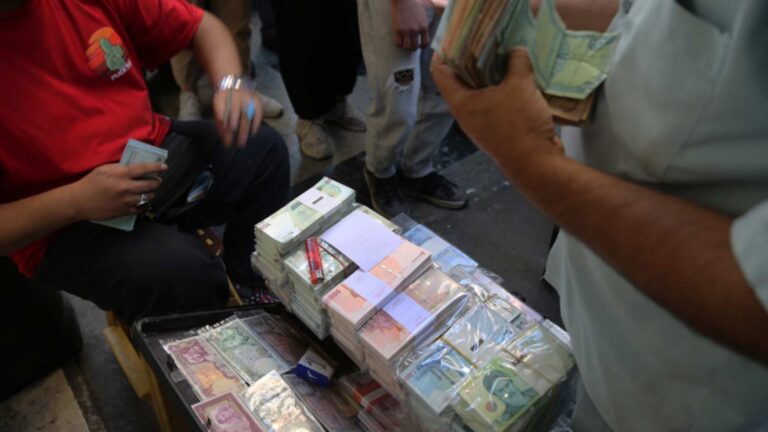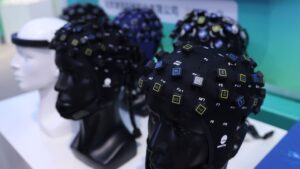
China’s science and technology apparatus has achieved unprecedented global integration, forging cooperation ties with over 160 countries and regions, signing 119 intergovernmental agreements, and joining more than 200 international organizations and multilateral mechanisms, Vice Premier Yin Hejun announced Thursday at a State Council Information Office briefing (Xinhua). This extensive network underscores Beijing’s strategy of opening its “door to technological collaboration even wider” to bolster both domestic innovation and global scientific progress.
Record-Breaking R&D Investment Fuels Innovation
China’s total R&D expenditure surpassed 3.6 trillion yuan (US $507 billion) in 2024, an 8.3% year-on-year increase that raised R&D intensity to 2.68% of GDP. Basic research funding climbed 10.5% to 249.7 billion yuan, accounting for 6.91% of overall R&D outlays (CGTN). The fruit of these investments includes 5.01 million valid invention patents—a 13.2% increase—and a fifth consecutive year leading global patent applications, with 524 mainland Chinese firms among the world’s top 2,000 industrial R&D investors.
Belt and Road Science Hubs Drive Technology Transfer
Under the Belt and Road Initiative, China has established 70+ joint laboratories with nearly 50 partner countries and launched 10 international technology-transfer platforms covering ASEAN, Africa, and Latin America. Notable examples include:
- The China-SCO Sci-Tech Innovation Cooperation Center in Qingdao, which on September 4 kicked off 10 collaborative projects in biomedicine, high-end equipment manufacturing, and modern agriculture.
- The China-ASEAN Artificial Intelligence Application Cooperation Center, dedicated to building AI infrastructure and talent pipelines to democratize access to cutting-edge technologies across Southeast Asia.
These hubs facilitate rapid deployment of Chinese innovations abroad, from precision agricultural systems in Central Asia to AI-powered diagnostics in Africa.
Leading Mega-Science Programs Tackle Global Challenges
China now hosts and leads multiple international Big Science initiatives, including:
- Deep-time Digital Earth, designated an International Big Science Program in June 2025, aims to create a planetary “geological Google” by mapping mineral resources and reconstructing Earth’s climate history in collaboration with scientists worldwide.
- The Private Enterprise Innovation Development Joint Fund, launched by the National Natural Science Foundation of China, unites leading pharmaceutical companies—Hengrui Pharmaceuticals, Mindray Bio-Medical, Singclean Medical, and Qilu Pharmaceutical—to accelerate medical innovations from bench to bedside.
These mega-science efforts exemplify China’s vision of science diplomacy, leveraging large-scale projects to address shared global challenges.
Shaping the Future of Global Sci-Tech Diplomacy
With more than 500,000 domestic high-tech enterprises and a sprawling international cooperation network, China has positioned itself as a central node in global R&D ecosystems. Foreign Ministry spokesperson Mao Ning emphasized that “it is only through openness and cooperation that sci-tech innovation and human progress can be made.”
As China prepares to host further multinational science forums and roll out additional joint research initiatives, its comprehensive approach to scientific collaboration promises to redefine how countries share knowledge, pool resources, and tackle pressing issues from climate change to pandemic preparedness.













